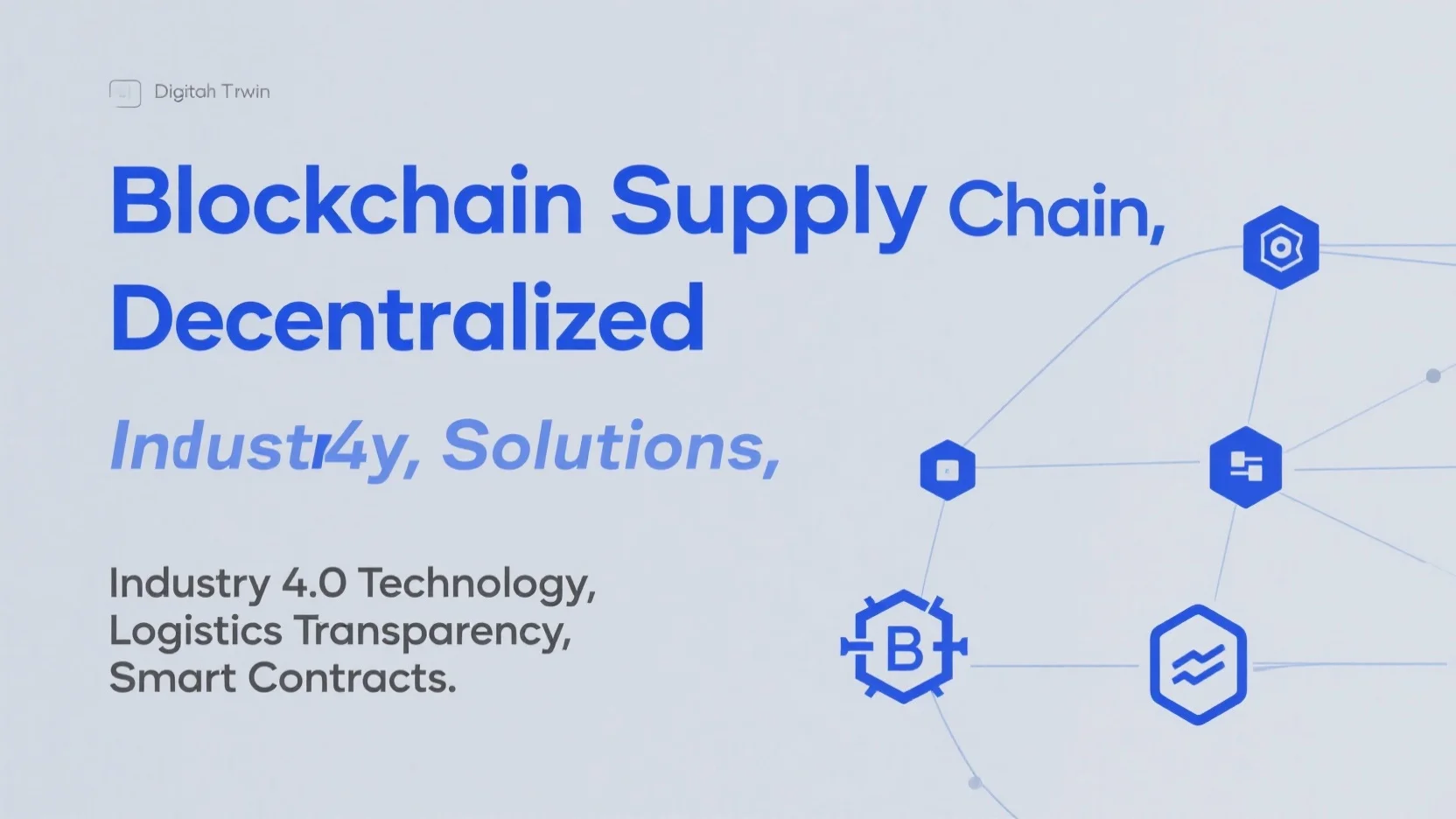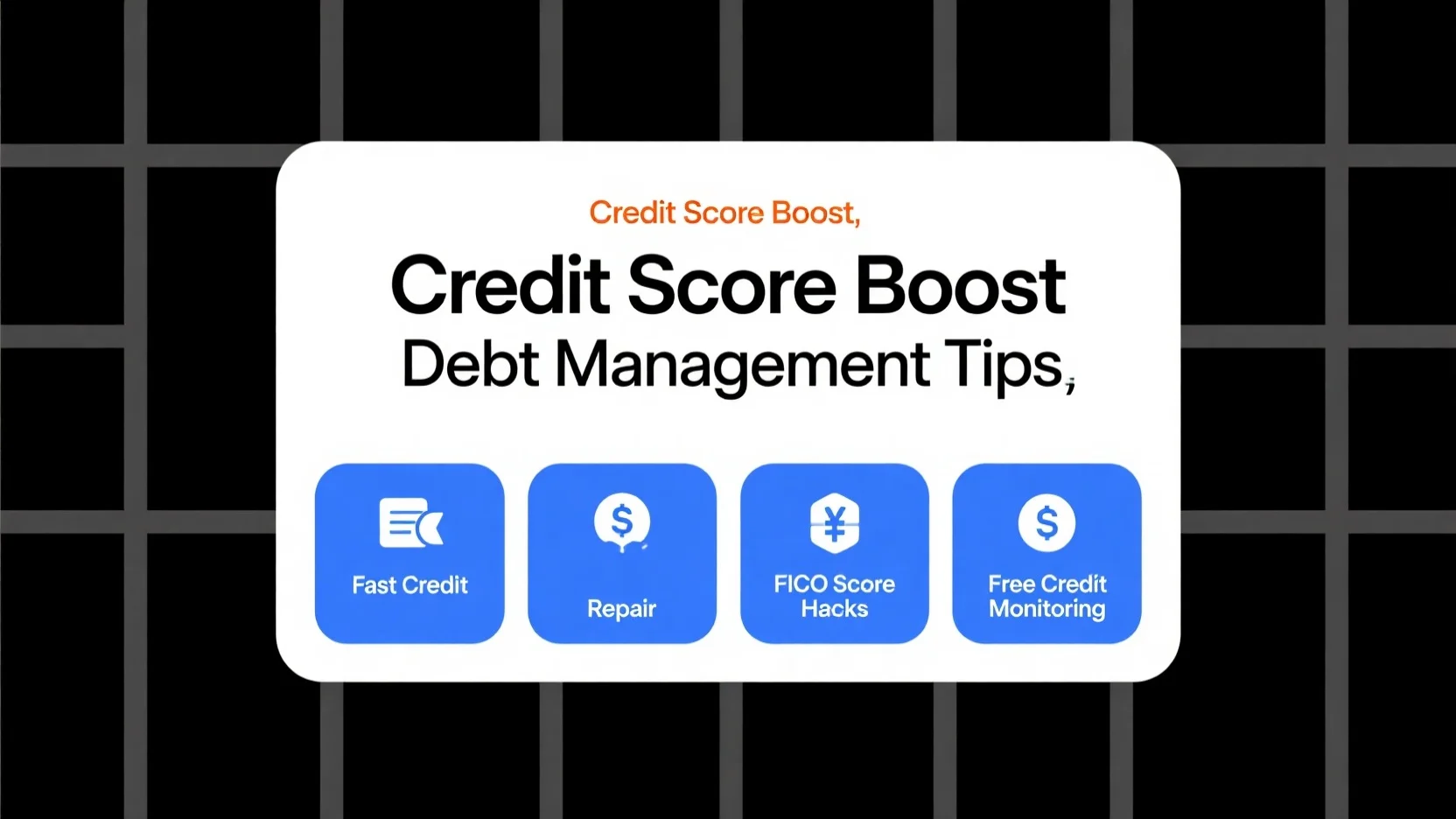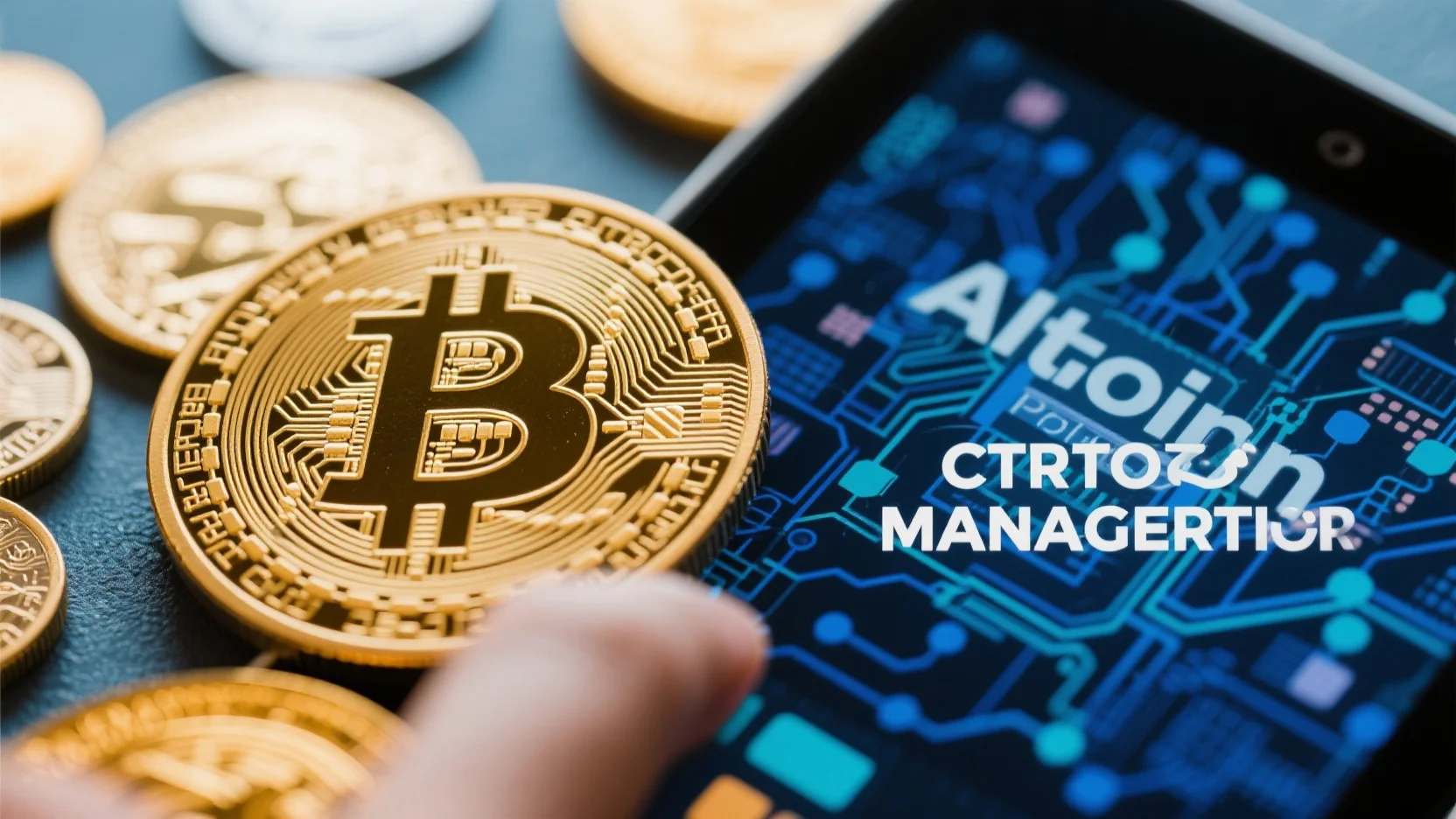Image Source: unsplash
Investing in cryptocurrencies can help grow your money fast, but it also comes with risks that are hard to manage. Prices can fluctuate significantly due to the market’s instability, making it challenging to predict your potential earnings. Additionally, regulations surrounding crypto and online security issues complicate matters further. To navigate these risks, I refer to the ‘Crypto Investment Guide: Maximizing Returns with Minimal Risk,’ which emphasizes careful planning and thorough research. For instance, DeFi platforms are revolutionizing the financial landscape by eliminating middlemen, speeding up transactions, and reducing costs. This illustrates the immense potential of blockchain technology. Currently, about 17% of Americans own cryptocurrency, and the market is expanding, presenting opportunities for savvy investors.
Key Takeaways
- Buying cryptocurrencies can make you money, but it’s risky. Always learn and pick the best time to buy.
- Spreading your crypto investments can reduce risks and grow earnings. Invest in different coins and areas.
- Keep up with market changes and rules. Use reliable news and tools to make better choices.
- Use plans like stop-loss orders to guard your money from big price falls. This helps handle risks well.
- Begin with small amounts to understand the market. Slowly invest more as you feel sure and learn more.
Benefits of Crypto Investment
High Returns Potential
Cryptocurrencies can grow your money quickly. For example, Bitcoin started very cheap but is now worth thousands of dollars. This kind of growth is rare in regular markets. Other coins like Ethereum and Solana have also grown a lot during good market times. But big returns come with big risks. Watching market trends and choosing the right time to invest can help you earn more while avoiding losses.
Portfolio Diversification
Adding crypto to your investments can make them safer. Crypto often acts differently than stocks or bonds. This difference helps lower the risk of losing money.
-
Owning different types of crypto can make your investments steadier:

- Coins for payments like Bitcoin and Ethereum.
- Coins for services like Filecoin.
- Voting coins like Uniswap.
- Gaming coins like Decentraland’s MANA.
-
Crypto also lets you invest in many industries:
- Health (e.g., MediBloc, Dentacoin).
- Shipping (e.g., VeChain).
- Travel (e.g., Mass Vehicle Ledger).
- Less Risk: Spreading your money reduces losses from bad investments.
- Better Earnings: You can gain from different market changes.
- More Stability: A mix of investments gives steadier returns.
Access to Blockchain Innovation
Crypto investing lets you see new technology grow. Blockchain is changing industries by making things clearer, faster, and safer. For example, DeFi platforms let people lend and borrow without banks. NFTs are changing how we own digital items. Smart contracts make hard tasks easier. By investing in crypto, you’re not just earning money. You’re also helping new technology shape the future.
Decentralized Finance Opportunities
Decentralized Finance (DeFi) brings new chances for investors like me. It removes banks and allows direct money dealings on blockchains. This change creates fresh ways to grow wealth in a fast-changing system.
One great thing about DeFi is earning passive income. For example, yield farming lets me earn by helping DeFi platforms. I lock my crypto in liquidity pools and get rewards like tokens or interest. Staking is another way to earn by locking my crypto to support blockchains. These methods grow my money and help keep blockchains steady.
DeFi also allows lending and borrowing. I can lend my crypto to earn interest or borrow by using my crypto as a guarantee. This skips credit checks and makes finance open to more people. Decentralized exchanges (DEXs) let me trade crypto directly with others. DEXs cost less and give more privacy than regular exchanges, which many investors like.
Here’s a simple look at DeFi opportunities:
| Opportunity | What It Means |
|---|---|
| Yield Farming | Earn rewards by helping DeFi platforms with liquidity. |
| Staking | Lock crypto to support blockchains and earn rewards. |
| Lending and Borrowing | Lend crypto for interest or borrow using crypto as a guarantee. |
| Decentralized Exchanges | Trade crypto directly with others for lower costs and more privacy. |
DeFi has changed how I invest. It mixes new ideas with money growth, giving me tools to manage my assets better.
Risks in Crypto Investment
Market Price Changes
Crypto prices can go up or down very quickly. For example, Bitcoin’s price can rise a lot in one day but drop just as fast. This makes planning investments tricky. These price changes often happen because of news, social media, or how people feel about the market. A single tweet from a famous person can make prices jump or fall.
To handle this, I never put all my money in one coin. Spreading my investments across different cryptos helps lower risks. I also decide ahead of time when to buy or sell. This stops me from making rushed choices when prices change suddenly.
Rules and Regulations
Crypto rules are still unclear in many places. Governments have different ideas about how to treat digital money.
- Some call crypto a security, while others call it a commodity.
- State and national rules don’t always match, which confuses investors.
- Rules about licenses and reports are different everywhere.
- Anti-money laundering laws keep changing.
- DeFi doesn’t have clear rules, adding more confusion.
These issues can affect how safe or legal my investments are. I stay updated on new rules to avoid problems. When needed, I ask experts for advice to follow the laws.
Security Problems
Crypto investments face big safety risks. Hackers and scams have caused people to lose lots of money. I’ve heard of exchanges being hacked and funds stolen. Even smart contracts can have mistakes that hackers use.
- Hackers can attack wallets and exchanges.
- Bugs in smart contracts can cause money loss.
- Liquidity problems happen when it’s hard to trade assets without changing their price.
To keep my crypto safe, I use hardware wallets and trusted platforms. I also update my security steps often to protect my money.
Risk of Market Manipulation
Market manipulation is a big problem in crypto investing. Unlike regular markets, crypto lacks strict rules. This makes it easier for people to cheat. I’ve noticed how tricks can change prices unfairly. These fake price changes can confuse investors and cause big losses.
One trick is called pump-and-dump schemes. Here, scammers spread lies to raise a coin’s price. When the price goes up, they sell their coins fast. This causes the price to crash, leaving others with losses.
Another example is price oracle manipulation. This happens on decentralized finance (DeFi) platforms. For example:
- In October 2022, someone tricked Mango Markets’ price oracle. They stole $115 million by changing the MNGO token’s price.
Even big companies have done this. Groups like the SEC work to stop it.
- In December 2022, the SEC accused Alameda Research and FTX leaders of cheating. They raised the FTX’s FTT token price by buying large amounts to make it look valuable.
To stay safe, I research carefully and avoid deals that seem too good. I also watch market trends and stay alert to sudden price jumps. Knowing these tricks helps me make smarter choices and avoid scams.
Tip: Always check if information is true before acting. Staying informed protects you from market manipulation.
Strategies to Minimize Risk
Diversify Investments
I make sure to spread out my cryptocurrency investments. This helps lower the chance of losing a lot of money. If one coin loses value, others can help balance it out. Spreading investments also gives me more chances to earn from different coins. Knowing my money is in various places makes me feel calmer, even when the market changes a lot.
Here’s how I diversify:
- Check what I already own to find missing areas.
- Set clear goals based on how much risk I can handle.
- Learn about different coins and watch market trends.
- Split my money across coins, industries, and asset types.
- Review and update my investments often to match my goals.
By spreading my money, I lower risks and increase chances to earn more.
Use Trusted Exchanges
I only trade cryptocurrencies on safe and trusted platforms. These exchanges keep my money secure when I buy, sell, or store coins. Good exchanges use strong security tools like two-factor codes and encryption. They also follow rules to stay honest and reliable.
Before picking an exchange, I check reviews and its safety record. I avoid platforms with hacking problems or bad service. Using trusted exchanges makes me feel sure my money and trades are safe.
Secure Digital Wallets
Keeping my digital wallets safe is very important. I use cold wallets, like hardware wallets, for long-term storage. These wallets stay offline, so hackers can’t reach them easily. For daily trading, I use hot wallets but keep only small amounts in them to stay safe.
Cold wallets, like USB drives or paper wallets, are very secure. They are best for holding large amounts of cryptocurrency. Hot wallets are easier to use but need extra care. I use strong passwords and two-factor codes to protect them. By using both wallet types, I keep my money safe and easy to access.
Tip: Always save a backup of your wallet keys in a safe place to avoid losing them.
Stay Updated on Market Trends
Keeping up with market trends is very important. I use trusted websites to follow the latest crypto news. Sites like CoinDesk, Cointelegraph, and CryptoSlate share updates and explain market changes. These help me spot chances to invest wisely.
To learn more, I visit platforms like Coinbase Learn and Binance Academy. They make hard ideas simple and teach key crypto terms. This helps me judge investments better and make smarter choices.
I also check tools like the Fear and Greed Index. This tool shows how people feel about the market. It helps me match my plans with current trends. Using these resources keeps me informed and ready to act.
Tip: Check trusted news sites and tools often to stay ahead in crypto investing.
Implement Stop-Loss Orders
Stop-loss orders are a smart way to manage risks. They sell my crypto automatically if prices drop too much. This protects my money and stops me from making rushed decisions.
For example, if I buy Bitcoin at $30,000, I set a stop-loss at $28,000. If the price falls to $28,000, it sells my Bitcoin. This limits my loss and keeps me on track with my plan.
Stop-loss orders also help me avoid bigger losses. Setting clear sell points keeps me from holding coins that might lose more value. This method has saved my investments during tough times.
Note: Update your stop-loss levels often to match market changes.
Start Small and Scale Gradually
When I started with crypto, I invested small amounts. This let me learn without risking too much money. Starting small helped me understand how the market works and gain confidence.
I also grew my investments slowly. Instead of buying a lot at once, I added more over time. This reduced risks from sudden price changes. I used dollar-cost averaging to buy crypto regularly, no matter the price.
This careful method helped me build a strong portfolio with less risk. I suggest this to anyone new to crypto investing.
Tip: Only invest what you can afford to lose. Focus on learning before putting in more money.
Strategies to Maximize Returns
Long-Term Holding
Keeping cryptocurrency for a long time can grow your money. This method, called "HODLing," means buying and holding for years. Short-term price changes don’t matter with this strategy. For example, Bitcoin’s value has risen a lot over the last decade. People who held onto it through ups and downs earned big rewards.
This plan works because it avoids daily market stress. Instead of guessing short-term prices, I focus on the future. I pick strong coins like Bitcoin or Ethereum and trust their growth. This needs patience and discipline but helps me stay calm during bad times. Over time, it has brought me good results.
Tip: Invest in projects you trust and can hold through tough times.
Dollar-Cost Averaging
Dollar-cost averaging (DCA) is another helpful strategy I use. It means investing the same amount of money regularly, no matter the price.
Why I like DCA:
- It spreads out investments, lowering risks from price changes.
- It stops me from buying at bad times.
- It removes the pressure of timing the market perfectly.
For example, instead of spending $1,000 at once, I invest $100 each month. This slow and steady method builds my portfolio safely. It also protects me from big losses when prices drop.
Note: Stick to your plan, even when the market feels uncertain.
Staking for Passive Income
Staking is a great way to earn extra money with cryptocurrency. By locking my coins to help blockchains, I get rewards.
Why staking works:
- Steady Earnings: Staking gives regular returns compared to other methods.
- Growing Rewards: Some platforms let rewards grow over time.
I’ve tried different staking options. Centralized exchanges are easy to use and need less money, so they’re good for beginners. Decentralized platforms give higher rewards but need more knowledge. Staking-as-a-service platforms offer expert help and safety.
Tip: Always research staking platforms to match your goals and risks.
Research New Crypto Projects
Looking into new cryptocurrency projects has been very rewarding for me. I carefully check each project to find ones with strong potential. Here are the main things I focus on:
| Factor | What to Look For |
|---|---|
| Usefulness | Check if the token has real-world uses and adoption chances. |
| Safety | Look at how secure the network is against hacks or issues. |
| Team Honesty | Learn about the team’s skills and how open they are. |
| Market Trends | Stay updated on market changes that could affect the project. |
I also take time to learn how the technology works. Understanding blockchain systems, how they stay secure, and basic cryptography helps me make smarter choices. Reading industry news keeps me informed about new tech updates. By mixing research with market knowledge, I’ve found projects that match my goals.
Tip: Always check if the project’s team and plans are trustworthy before investing.
Join ICOs
Joining Initial Coin Offerings (ICOs) can be exciting but risky. ICOs let me invest early in new projects, often at lower prices. If the project succeeds, the returns can be big. But I stay careful because some ICOs fail or face scams and price swings.
To stay safe, I follow these steps:
- Read the project’s whitepaper and learn about the team.
- Check if the token has real uses and market value.
- Keep an eye on rules to make sure it’s legal.
ICOs give me a chance to support new ideas, but I only invest money I can afford to lose. This way, I balance the risks and rewards.
Note: Avoid ICOs that make unclear promises or seem too good to be true.
Review Your Portfolio Often
Checking my portfolio regularly is key to my crypto success. Reviews help me spot weak investments and adjust my holdings. By spreading my money across different cryptocurrencies, I lower the risk of losing too much on one coin.
Here’s why reviews help me:
- I earn more by catching different market trends.
- I avoid keeping coins that are overpriced.
- I stay steady during market ups and downs.
I review my portfolio every three months to make sure it fits my goals. This habit helps me handle market changes and stay on track.
Tip: Use apps to track your portfolio and make reviews easier.
Tools and Indicators for Crypto Investing
Using helpful tools makes crypto investing easier for me. These tools show market trends, how people feel, and how my investments are doing. They help me stay ahead in the fast-changing crypto world.
Technical Analysis Tools
These tools help me study price changes and guess future trends. They show me the best times to buy or sell.
Relative Strength Index (RSI)
The RSI shows how much a crypto’s price has moved. It uses a scale from 0 to 100. If the RSI is over 70, the price might drop soon. If it’s under 30, the price could go up. This helps me decide when to act.
Moving Averages
Moving averages make price data smoother to spot trends. I use the simple moving average (SMA) for long-term trends. The exponential moving average (EMA) is for short-term changes. For example, if the EMA goes above the SMA, it’s often a good time to buy. These tools keep me calm and focused on my plan.
Here’s a quick look at some tools I use:
| Tool | What It Does |
|---|---|
| TradingView | A popular charting tool that works with many exchanges. |
| Coinigy | Helps create and follow trading strategies. |
| CryptoWat.ch | Shows live prices, volumes, and data from many exchanges. |
Sentiment Analysis Tools
These tools show how people feel about the market. Public feelings can change prices, so knowing this is important.
- Augmento.ai: Tracks feelings from social media and news.
- LunarCRUSH: Focuses on social media opinions about cryptocurrencies.
- Coingecko: Shares market insights and public sentiment.
- The TIE: Reads news to understand market feelings.
- NewsCrypto: Looks at news to find trends.
These tools help me see how emotions affect the market. I can then make smarter choices.
Tip: Use sentiment tools to adjust your plans based on market feelings.
Portfolio Management Apps
Keeping track of my investments is very important. I use apps to check performance and make decisions easier.
- Crypto Pro: Tracks thousands of cryptos and works well with Apple devices.
- Token Metrics: Uses AI to rate and analyze cryptocurrencies.
- Sharesight: Tracks stocks, ETFs, and cryptos with reports.
- Yahoo! Finance: Gives alerts, news, and tracks portfolios.
These apps save me time and keep me organized. They also help me compare my results with the market.
Note: Pick an app that fits your goals and needs.
Managing risk and reward is key to investing in cryptocurrency. I include well-known and new coins in my portfolio. This mix keeps it steady while allowing growth. I also use stop-loss orders to protect my money when prices drop. Tools that study past prices help me make smart choices.
Knowing how unpredictable cryptocurrency can be is important. I only invest what I’m okay losing. Starting with small amounts helped me learn and avoid big losses. Slowly adding more has built my confidence. Staying steady and adjusting to changes helps me succeed over time.
Tip: Mixing different types of investments can lower risks and boost gains.
FAQ
How can I start investing in cryptocurrency?
Begin with small amounts and learn step by step. Pick trusted exchanges, secure your wallet, and study coins before buying. Take your time to understand the market and avoid quick decisions.
Tip: Only use money you’re okay losing.
How do I pick the right cryptocurrency to invest in?
Choose coins with clear purposes, honest teams, and active users. Read the project’s whitepaper and follow market trends. Make sure the coin fits your investment goals.
Are cryptocurrencies a safe investment?
Cryptos have risks like hacking, scams, and price swings. To stay safe, use hardware wallets, trusted platforms, and strong passwords. Spread your investments and learn about security to lower risks.
How often should I check my crypto portfolio?
Check your portfolio every three months. This helps you adjust to changes and remove weak investments. Regular reviews keep your goals on track.
Note: Use apps to easily track your portfolio’s progress.
Can I earn passive income with cryptocurrency?
Yes, staking and yield farming let you earn extra money. Locking coins helps blockchains and gives you rewards. These methods offer steady income while keeping networks strong.
Reminder: Always research platforms to avoid scams before staking.





